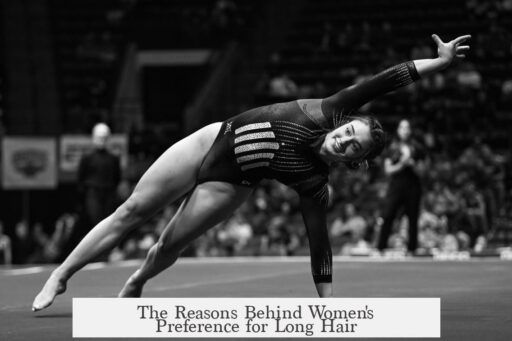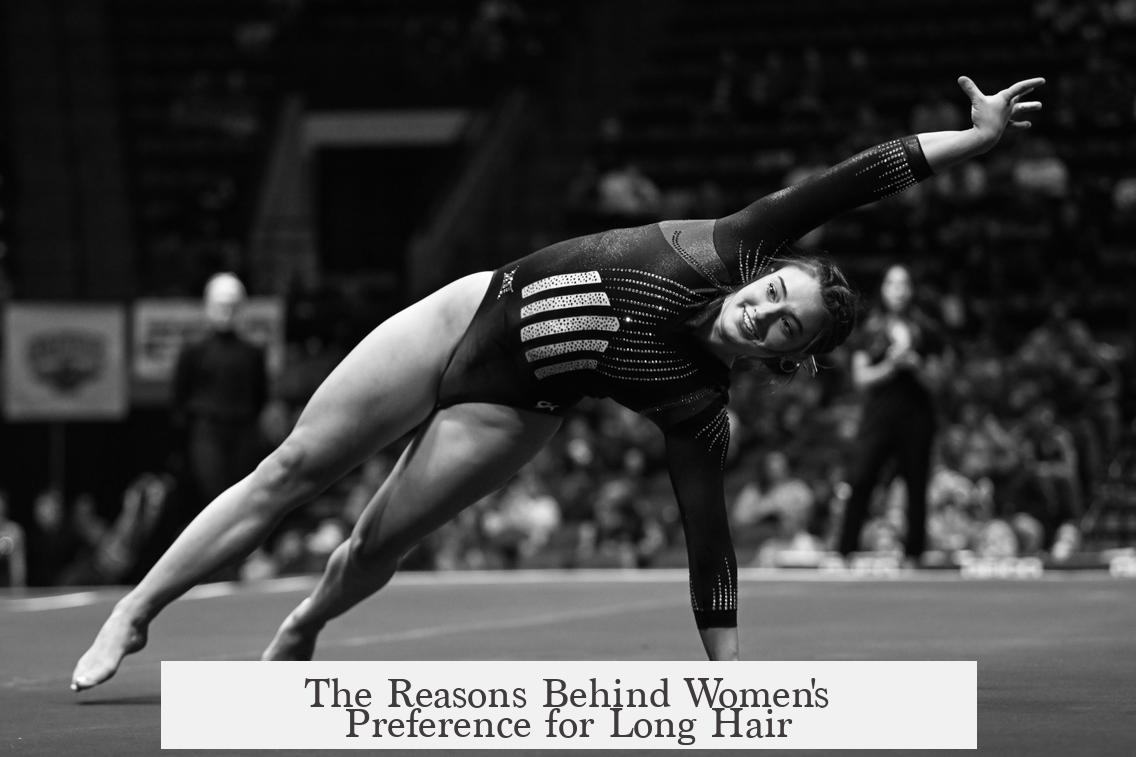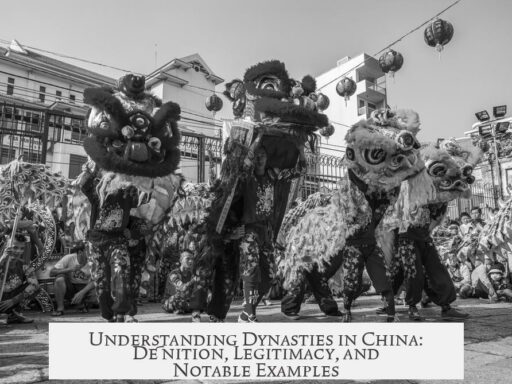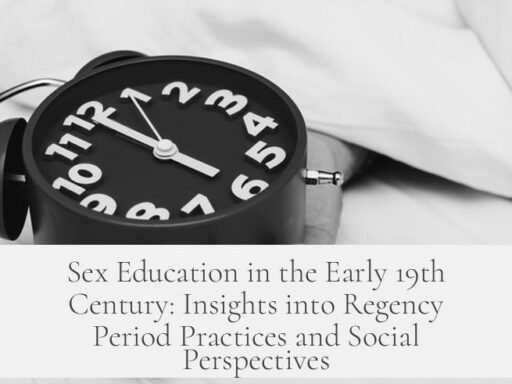Women often have long hair due to a complex mix of cultural, biological, and historical factors that have influenced societal norms and individual health over centuries. Long hair for women is common worldwide, but the reasons vary greatly across different periods, regions, and belief systems. These reasons include traditional values, hormonal differences, religious directives, and evolutionary pressures, which together explain why long hair is frequently associated with femininity.
Historically, hair held deep symbolic significance. In ancient Chinese culture, both men and women considered hair sacred. Confucian teachings deemed cutting hair a violation of filial piety, a serious social taboo. Hair was typically kept long and styled in elaborate top-knots secured with pins. These pins indicated social rank and wealth. For example, during the Ming Dynasty and earlier, individuals preserved their hair uncut as a sign of respect to their ancestors.
Buddhist monks, as an exception, embraced shaving the head, reflecting religious discipline. In contrast, ordinary people maintained long hair according to their cultural practices. This differentiation shows how hair length could symbolize spiritual dedication versus everyday customs.
Under the Qing Dynasty, men faced mandatory hairstyle regulations known as the Queue Order. Males had to shave the front of their heads and braid the back in a traditional Manchu style. Non-compliance could result in execution for treason. Women were exempt from this policy, highlighting gender-specific rules around hair. When the Qing Dynasty collapsed in 1912, men abandoned the queue for Western-inspired short hair, viewing the queue as a symbol of outdated loyalty to the former regime.
Similar influences are observed in Okinawa, where aristocratic men traditionally wore long hair arranged in buns with ornate pins signifying rank. Later, Japanese assimilation policies imposed Western-style short hair on men, reinforcing a cultural distinction between men’s short hair and women’s long hair. This policy illustrates how hair length can serve as a marker of cultural identity and political control.
Biology also plays a significant role. Male pattern baldness affects men earlier and more severely due to hormonal factors, reducing their ability to maintain long hair. Women’s hormonal profiles typically preserve hair density longer, enabling them to grow and sustain longer hair. This difference affects social grooming habits and the practicality of long hair across genders.
Religious and philosophical traditions further support long hair for women. In Christian texts, such as 1 Corinthians 11:14, Saint Paul contrasts hair length between genders. He describes long hair on a woman as her glory and a natural covering, while suggesting long hair on men is shameful. Such passages have influenced Western cultural norms, reinforcing gender-specific hair expectations.
Evolutionary perspectives propose that long hair may have developed as a sexual selection trait. Among Europid populations, females often grow hair twice as long as males on average. This difference suggests selective pressures favoring women with longer hair, potentially signaling fertility, health, and youth. Hair could be an indicator of physical wellbeing, attracting mates, and serving functional roles in survival, such as insulating or signaling status.
Notably, hair length norms vary widely across cultures and history. Some African tribes value long hair for men, considering elaborate hairstyles attractive. Spartan men famously wore long hair as a symbol of pride and military courage, countering the general trend of short male hair seen in classical Greece. Asian cultures also historically embraced long hair for both genders, illustrating that the current dominant male-short, female-long pattern is not universal.
Practical considerations affected hair length norms too. In ancient Egypt, people clipped hair short to combat lice and reduce heat stress. Nevertheless, wigs became a fashion statement and status symbol. Maintenance effort also shapes hair length choices; long hair requires considerable grooming, which men sometimes avoid due to earlier hair loss or cultural habits.
| Factor | Contribution to Long Hair in Women |
|---|---|
| Cultural Traditions | Hair viewed as sacred or a marker of status; gender-specific norms reinforced by society and politics. |
| Hormonal Differences | Women retain fuller hair longer, allowing longer growth; men experience earlier hair loss. |
| Religious Teachings | Scriptures and beliefs designate long hair as suitable for women’s modesty or beauty. |
| Evolutionary Pressure | Hair length acts as a visual cue of health and fertility; sexual selection favors long hair in women. |
| Practical Reasoning | Grooming costs and hygiene influence length; women may invest more in hair care. |
Key takeaways:
- Long hair for women results from intertwined culture, biology, and tradition.
- Ancient and religious norms often define long hair as feminine and honorable.
- Biological factors like hormones aid women’s longer hair growth and retention.
- Evolutionary views see long hair as a health and fertility signal.
- Hair length patterns vary globally, influenced by local history and social rules.




